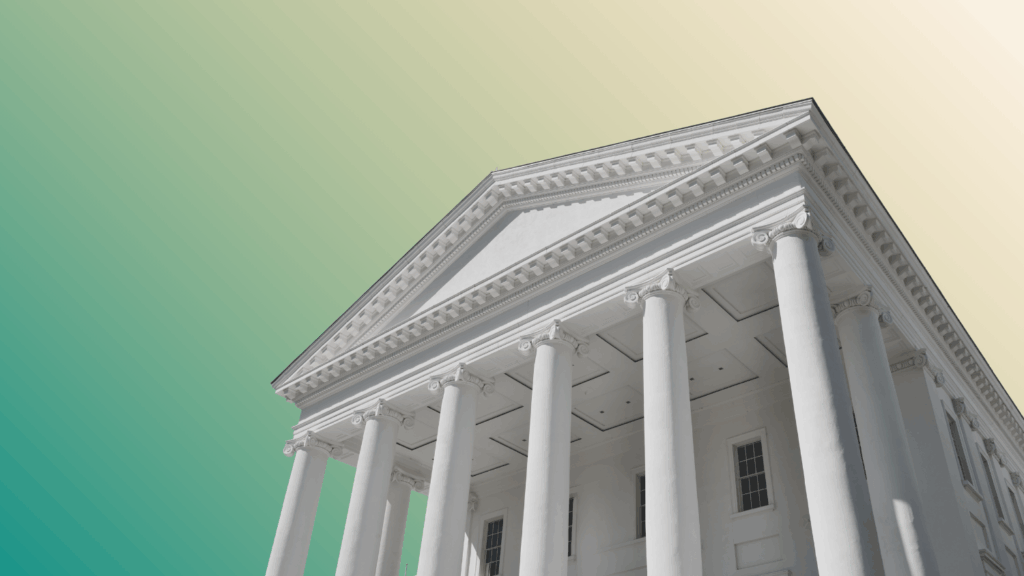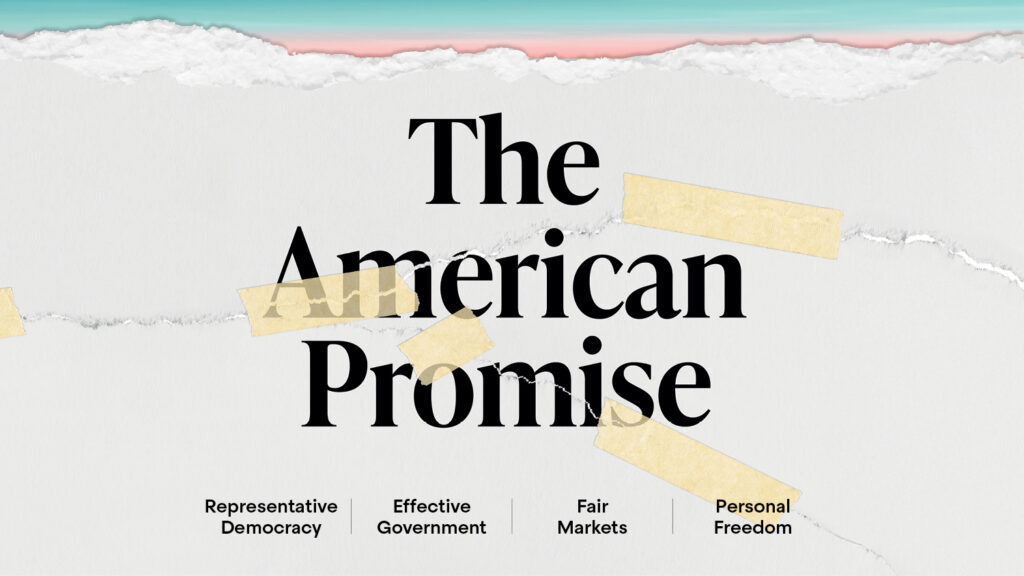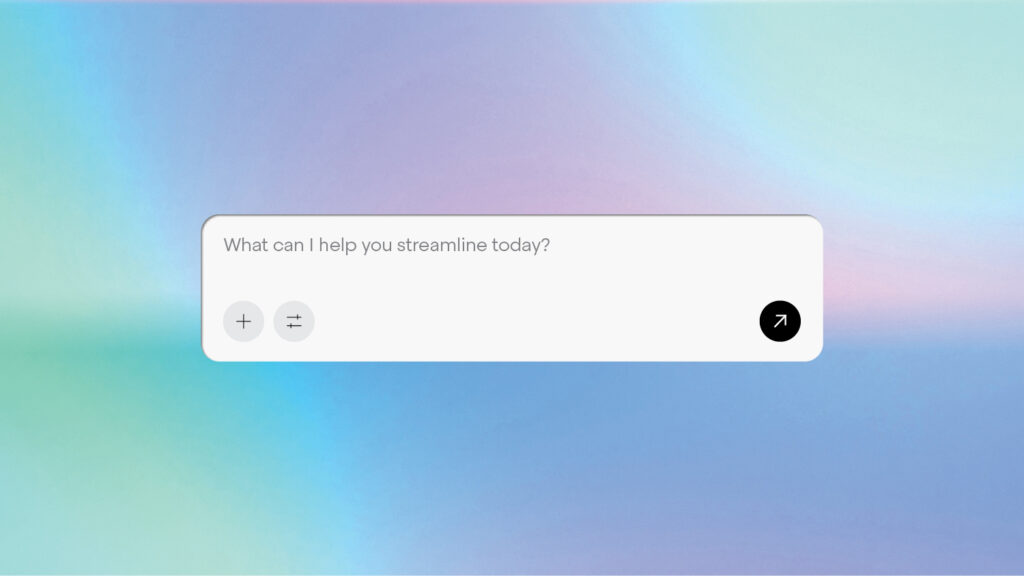The Stranglehold of Interest-Group Taboos
The real reasons Democrats lost credibility on the issue of education—and how they can win it back
- By Matthew Yglesias

Whatever else their political struggles, Democrats have almost always secured the position of being the party that voters trust more on education issues.
Democrats are the party that favors higher levels of spending on schools; Democrats are the party that talks about how important teachers are; and Democrats are stereotyped as the “mommy party” you turn to when you’re concerned about taking care of kids and the vulnerable, in contrast to the Republican “daddy party,” which is trusted on crime, border enforcement, and other hard-security threats.
And yet as of February 2025, this issue advantage had completely evaporated, with voters essentially indifferent toward both parties—or, if anything, somewhat Republican-leaning. According to tracking surveys conducted by Blue Rose Research in February 2025, voters now narrowly favor Republicans on the issue of education.
And even though education didn’t really figure prominently in the 2024 campaign, it is a topic that mattered a fair amount to voters. It wasn’t at the top of their minds, but they ranked it as significantly more important than the abortion-rights issue that Democrats attempted to center in their election pitch. They ranked it higher than the climate-change issue that Democrats put at the heart of their Biden-era legislative agenda. And they ranked it dramatically higher than the childcare issue that is widely perceived as the next big thing in progressive politics.
For state and local politics, where education constitutes a huge share of the budget and the workforce, education is an even more central issue. A Democratic Party that is not trusted to make your community’s schools better is going to have a hard time beating a Republican Party that can at least be counted on to lower taxes.
The short answer of what went wrong here is COVID. This is often oversimplified with the observation that Democrats kept schools closed longer in a way that did harm to kids’ education for minimal (if any) public health gains. Of course, the pandemic was a difficult time and public officials had to make decisions with imperfect information; it’s forgivable that some jurisdictions erred on the side of virus-mitigation. The truth, though, is that across much of Blue America, public-health fanaticism is not what kept the schools closed. In Washington, D.C., where I live, and in many other places around the country, bars and restaurants opened sooner than schools in the summer and fall of 2021. Mask rules were lifted in private businesses far earlier in 2022 than they were in public schools. It was a question, in other words, not just of balancing competing interests in health versus education but of balancing competing lobbyists’ concerns. The owners and managers of service sector businesses wanted to reopen and serve their customers, but key stakeholders in the public education system—most of all, labor unions—did not, and Democratic Party elected officials were responsive to that.
But, of course, the issues revealed were far deeper and larger than the specifics of COVID.
Over the past decade, the Democratic Party has dramatically altered the way it talks and thinks about education policy but has done so largely without public debate or scrutiny, to the extent that many in the coalition don’t even seem to realize that it happened.
Barack Obama used to routinely call inequalities in the education system “the civil rights issue of our time” and made improving schools a central pillar of his vision for a fairer and more prosperous society. This kind of rhetoric about the critical importance of education was essentially boilerplate for Democrats of the 1990s and early 21st century. In a memorable West Wing episode, Sam Seaborn proclaimed that “education is the silver bullet, education is everything.” This rhetoric does not commit a politician to any specific policy idea or certainly to anti-union politics (Seaborn is explaining why he opposes school vouchers in that scene). It does underline the importance of measuring outcomes in the education system, an idea that naturally raises a potential conflict with the workforce. I met a Democratic governor last year who expressed sincere disappointment that union-friendly legislation, after several years of implementation, had not paid off in terms of positive results for students, meaning the state had no choice but to start looking elsewhere for solutions.
One of the revelations that surprised this governor, and many other Democrats who are not closely focused on education issues, is exactly how extreme and far-reaching union views are.
Of course teachers, like everyone else, want to advocate for better pay and working conditions for themselves. But unions are also often major opponents of laws mandating the use of phonics as the primary mode of reading instruction. It’s not necessarily that union leadership disagrees with the evidence that phonics is the most effective way to teach. But a fundamental hostility to any kind of mandate that would curb classroom teachers’ autonomy leads unions to oppose efforts to require best practices here—or really in any other modality of instruction. Similarly, because teachers unions don’t like the idea of poor student performance on test scores to be used as a reason to penalize ineffective teachers, unions promulgate the view that standardized tests are fundamentally illegitimate and even racist.
And this is the mentality that’s made Democratic reluctance to challenge labor interests so toxic—not a dispute over any one particular policy issue, but a dispute over whether the entire enterprise of attempting to measure student learning is legitimate and important. COVID was a shock to the system too large to ignore. Schools were closed. Students were not learning. You did not need detailed econometric studies to know why they weren’t learning. You needed to decide whether or not that fact was important, and the answer in far too many cases was no.
This newfound reluctance to even talk about school quality or measured outcomes has a broader blast radius than the narrow confines of K-12 education. Democrats’ approach to the question of student debt forgiveness and the operation of the student loan system has become completely detached from the question of what the purpose of going to college or graduate school is, and whether or not any given change to the system serves that purpose. Democrats want to expand pre-kindergarten but have no vocabulary to explain why that’s a good idea or how they will assess whether or not it’s working. Buzzy new conversations about an “abundance agenda” and “state capacity” have surprisingly little to say about the management of the single largest set of government institutions or their role in promoting a scarcity mindset.
One major reason that incumbent homeowners oppose new construction in their neighborhoods is that property values are often tied up with exclusive access to a “good” public school. Senator Elizabeth Warren identified this dynamic as a key driver of higher cost of living as far back as her book The Two-Income Trap, written before she became a politician. In 2016, citizens of Massachusetts—a state with some of the biggest housing-affordability problems and some of the best urban charter schools in America—were asked to vote on a referendum to lift the statutory cap on the number of charter schools allowed to open. Warren teamed up with the state teachers union to oppose the referendum, which duly failed.
This is not to say that charter schools or education reform are the key to solving all problems, but simply that education is far too large a share of what state and local governments actually do to think that it’s viable to set the education-reform wars off to one side and talk about something else instead.
Besides which, it’s easy to see that whatever area you focus on will feature recurrence of the same basic dynamics. Are investments in affordable housing and infrastructure programs designed to serve the users of those services, or make-work jobs for the providers? Can we engage with the people building driverless cars to talk about improving transit frequency while reducing costs with driverless buses? In any area of governance, there is a choice for Democrats between being the party of quality public services and being the party of public-service providers.
For education, of course, it would be foolhardy to pretend that there are easy and obvious answers to the many challenges of running a great school system. But there is a lot of low-hanging fruit to pluck for anyone willing to think clearly and fearlessly rather than being lost in a cloud of interest-group taboos.
Students differ in their capacities, but all students face a question of how far they come in terms of reaching their potential. What happens in the classroom isn’t all that matters for determining how far they come, but it is a big deal—especially for poorer students whose parents don’t have the means or know-how to supplement for failings in the schools. Republican programs of unregulated choice or privatization are bad precisely because they will fail exactly the students who most need the school system to work, but that means Democrats are under a sacred obligation to fight for those students—and to ensure opportunity for the most able students. If public education is treated just as a jobs program or a playground for culture-war battles, or forced to operate within a rigid equity framework, opting out via privatization will look appealing to many middle class parents.
What’s needed is a dose of common sense. Phonics instruction for young kids. Repeat third grade if you haven’t learned to read—a best practice used in many but not all states. Universal testing to see who should default into advanced math classes by middle school. No smartphones in schools. Shut down chronically underperforming charter schools, but encourage the best ones to expand or replicate. Pay the best teachers more, and give them extra bonuses to take on larger-than-average classrooms or work in high-poverty schools. If you want to spend money on school facilities or social services, pay attention to the existing literature on impacts and come up with a plan to measure whether what you did worked—and what to do about it if it didn’t.
None of this would strike most people as an anti-labor, anti-teacher, or anti-worker agenda, because it isn’t any of those things. It’s simply a pro-education agenda that affirms that what happens in schools actually matters—and matters enough to measure it and make sure that learning is happening. By the same token, before the pandemic, the average person would never in a million years have guessed that Democrats rather than Republicans would be the ones who ended up downplaying the importance of in-person schooling for kids’ lives—Democrats are supposed to be the education party! It just turns out that you can’t be the education party and also be the party that is too afraid of its shadow to ever get crosswise with a labor union.
At the end of the day, many Democrats like and respect teachers precisely because they think their work is important. The idea that it was non-essential during COVID served a particularly narrow, short-term interest-group agenda, but in practice has only supercharged the standing of a Republican Party that follows indifference to public school quality to its logical end point of privatization and defunding.
About The Author
Matthew Yglesias writes the Slow Boring newsletter, hosts the Politix podcast, andis a columnist for Bloomberg.



